Hello, friends! Today, we’re going to talk about the differences and similarities between pies and tarts including the differences between tart crust and pie crust, what makes a tart a tart and a pie a pie, making pies in tart pans or tarts in pie pans and more.
This post is part of my Fundamental Friday series in which I answer your baking and pastry questions. For ease of browsing, you can find all of the Fundamental Friday posts in one place.
I also invite you to check out my pies and tarts category so you can put what you learn here about what makes a pie a pie, and what makes a tart a tart into action. Thanks for stopping by!
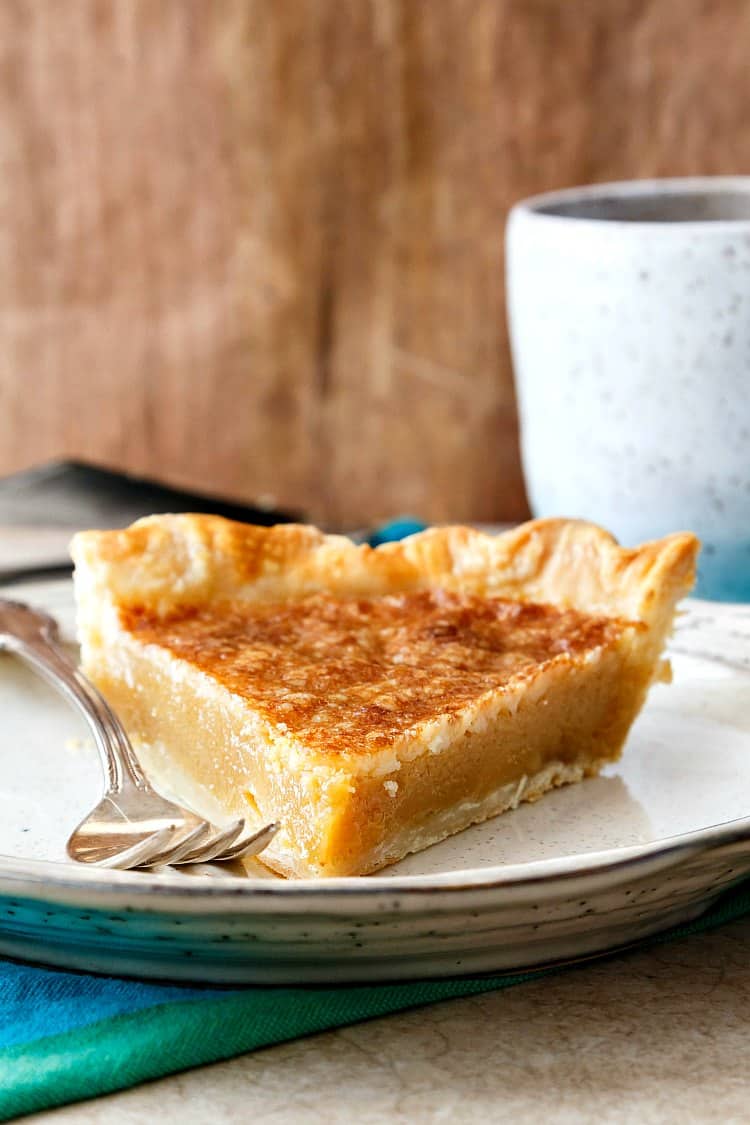
Definitions
American Definition
According to Merriam Webster, an American dictionary, here’s what we’re dealing with.
Definition of pie: a dessert consisting of a filling (as of fruit or custard) in a pastry shell or topped with pastry or both; a meat dish baked with biscuit or pastry crust
Definition of tart: a dish baked in a pastry shell : PIE: such as
a: a small pie or pastry shell without a top containing jelly, custard, or fruit
b: a small pie made of pastry folded over a filling
Pastry Chef Online Participates in Affiliate Programs. If you make a purchase through one of my links, I may earn a small commission. For more information click to read my disclosure policy
British Definition
The Oxford Learner’s Dictionary (The Oxford English Dictionary is only available through libraries and schools/universities) definitions are as follows:
Pie: a baked dish of fruit or meat and/or vegetables with pastry on the bottom, sides and top
Tart: an open pie filled with sweet food such as fruit
French Definition
I consulted with my good friend and cookbook author, Jamie Schler, to get the French definitions. She has lived in France since the 1980s and is married to a Frenchman. Thanks for all your help, Jamie!
Here’s where it gets interesting. Or more interesting. In France, there is no word for what Americans think of as “pie.”
In French, the word pie refers either animal coloring (as in piebald) or a bird (as in magpie).
In French, there are two words for similar foods with crusts: tarte and tourte.
A tarte can be sweet or savory, has no sides–so just built on a disc of pastry–or short sides, and no top crust. The term “tarte d l’anglais,” or “English Tarte” is more along the lines of what we’d consider pie: a deeper pastry with a sweet or savory filling enclosed with a pastry top.
A tourte is also thicker with a top and bottom crust, so I guess in France, a tourte is similar to an American pie, although the connotation is generally that an American pie is sweet and a French tourte is savory (see French Canadian tourtière, or meat pie)
What They Had to Say in Culinary School
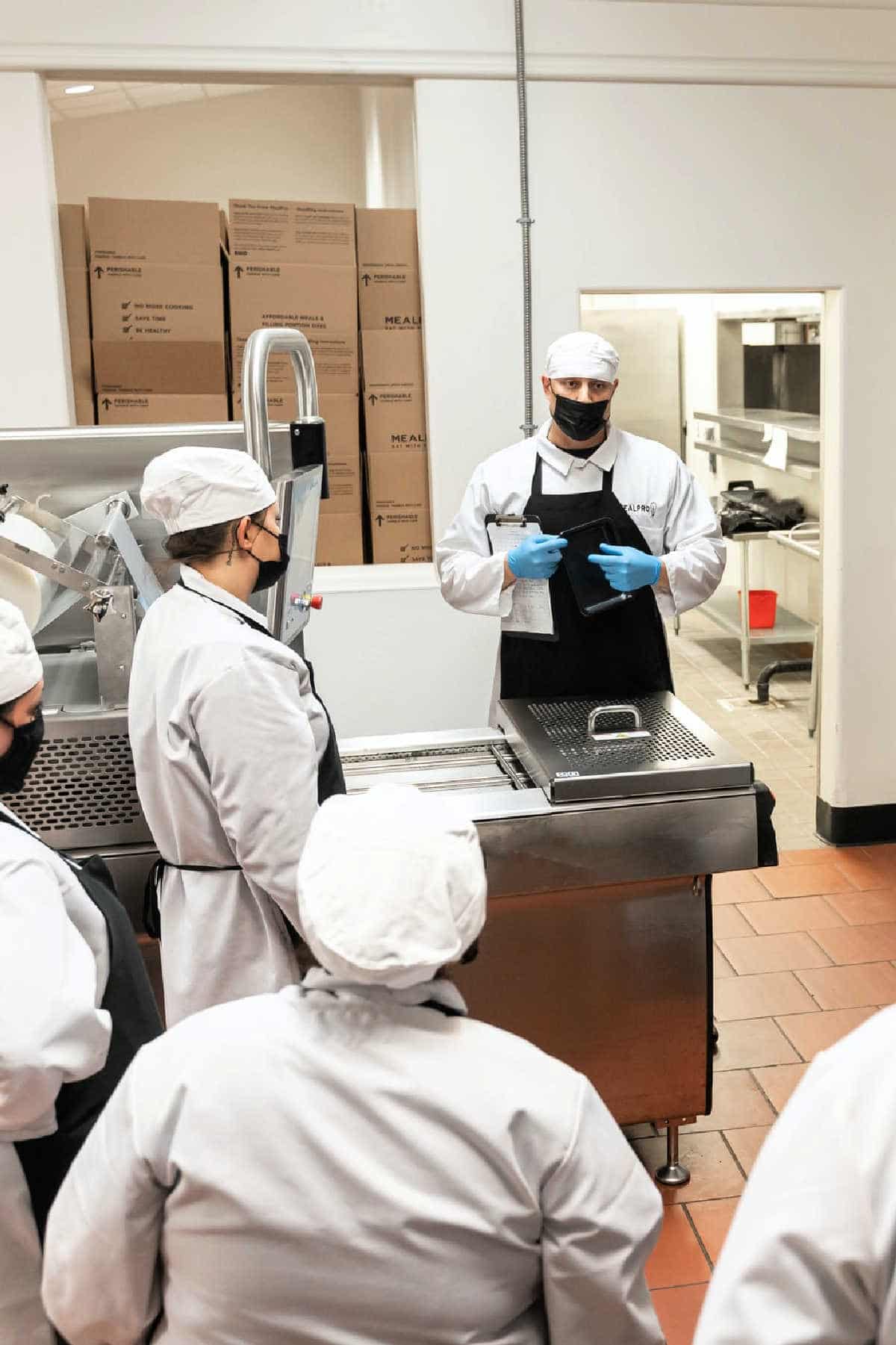
So, what exactly is the difference between a pie and a tart?
This was one of a handful of burning questions that I took with me on my first day of culinary school. On pie v tart lecture day, I craned eagerly forward, waiting for the answer to this pastry mystery.
Gotta tell you, folks–I was in for a bit of a let-down. Turns out, the explanation was….murky.
Here’s how it went down: “Tarts have short, thick-ish, straight sides. Pies have deeper, thinner, slightly sloped sides. Tart pans look different than pie pans.” This is where I began some serious internal muttering.
“Pies have flaky crusts, but not all the time. Tarts have sandy, crumbly crusts. Usually. Tarts don’t have a top crust. Pies either do, or they don’t.” Seriously?!
“Tart crust tastes better than pie crust because it’s an integral part of the dish. The pie crust is just there to hold the filling. Since tarts don’t have a top crust, the fillings are beautifully arranged. Sometimes pies are pretty.” Are you kidding me?!
“Since tarts have a higher crust to filling ratio, tart fillings are often richer than pie fillings. But not necessarily. And there are always exceptions to any rule. And, why is your face so red, Ms. Field?”
The good news is: I neither lunged over the table at her nor cursed exceptionally loudly. The bad news is: I needed more structure than that! I still didn’t know the difference between a pie and a tart after a whole class about it!! Deep breaths….deeeep breaths……..And now, after YEARS of therapy, I have settled down quite a bit.
A Matter of Degree
Since there are no hard and fast rules, other than height, my therapist helped me to I see the difference between the two as more of a qualitative one. I also approach it from an American point of view. You know, cuz that’s where I’m from and all.
Sometimes, You Have to Go with Your Gut
To me, tarts feel a little more elegant than pies.
Most pies are homey and comforting, but often good old American pies are all about excess.
How many bananas can I cram into that pie? How high can I swirl that meringue? Peanut butter and chocolate and marshmallow cream and toffee pieces? Awesome!
American big-ass fruit and cream pies are the Hummers of the pastry world. Bigger and richer than they have any right to be, and unapologetic about it.
Regular American non-steroidal pies are sedans: ample, but not showy; sensible.
Tarts are European sports cars: the perfect marriage of form and function delivered in a relatively small, precision package.
Differences Between Tart Dough and Pie Dough
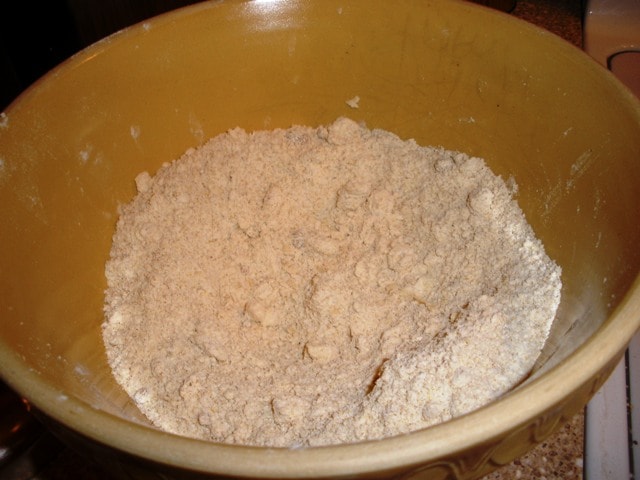
Tart dough is rich, sandy and flavorful, and the fillings are generally made to complement or contrast with the crust nicely.
For dessert (sweet) tarts, there are traditionally two types of dough for the crust: either a sable dough, which is sort of like a cookie crust–crumbly and firm, generally sweetened and containing egg.
The other option for a French tart dough is a round of puff pastry. In that case, the puff is not sweetened, so all the sweetness would come from the filling.
As an aside, old-school French tourtes (with sides), are constructed with a round of puff pastry for the base and a ring of puff pastry around the edges that bakes up to form sides.
American pie dough can be tasty, but it’s really more about texture than flavor with a pie crust. You either want it to not get soggy, or you want it to be flaky. Flavor is not the main thing–the Thing is that the crust is there in order to give the filling a home and to get the filling to your mouth.
I like to use a pate brisee for my pie crust. “Brisee” means “broken” in French, and I expect that refers to the butter that’s broken up or rubbed into the flour to make it flaky.
What do the French use this stuff for? I will find out and get back to you. There’s always something sneaking around to muddy the waters of what should be a straightforward discussion!
This version of American pie dough uses a combination of shortening and butter to make a crust that contains less water (shortening is 100% fat while butter is about 80-82% fat plus water and milk solids).
Can You Make a Tart with Pie Crust?
The short answer is yes.
There are a few things to consider: sable has more flavor than pie crust, so if you want the crust to add its own flavor to the dish, you may want to stick with tart dough.
Sable is also crumbly and sandy (sable is the French word for sand) so will provide a nice contrast to a smooth, creamy filling or to a stewed fruity filling.
You can just as easily use puff pastry and rely on all that glorious butter to add flavor.
Can You Make a Pie with Tart Dough?
While you certainly could make a pie with tart dough, I don’t think I would.
Tart dough really needs to be thicker to hold up, especially the sandy, crumbly sable dough. If you rolled it thinly enough to use as pie crust, I doubt it would hold together.
And using puff pastry to make a pie crust would most likely result in a weird ratio of filling to crust as the puff will puff from the sides in and from the bottom up, leaving not a lot of room for whatever filling you’re planning on using.
So, all in all, I’d say it’s a better plan to use pie crust to make a tart than it is to use tart dough to make a pie.
Don't let its small price and small size fool you. The Escali Primo is an accurate and easy-to-use food scale that I have used for years. It's easy to store, easy to use, has a tare function, and easily switches between grams and ounces/pounds for accurate measurements.
It will help me and other readers so much if you take a moment to rate and leave a review for this recipe.
You can use the stars to rate 1-5 (5 is best), and leave a review in the comments. It helps me make adjustments if any are needed, and comments help others decide whether the recipe is worth making.
Other ways to share include pinning, and/or sharing on your favorite social media platform.
Thank you so much for taking the time!

While you’re here, I’d love it if you’d sign up for my newsletter. If you like the idea of me occasionally popping into your inbox, here’s how to make that happen:

Hi, y’all! I hope you’ve enjoyed this post and hopefully also learned a thing or two.
If you like my style, I invite you to sign up for my occasional newsletter, The Inbox Pastry Chef.
Expect updates on new and tasty recipes as well as a bit of behind-the-scenes action. I hope to see you there!
Thanks for spending some time with me today as we mull the differences between pies and tarts. I hope you found the discussion and links helpful.
Take care, and have a lovely day.



Join in Today!
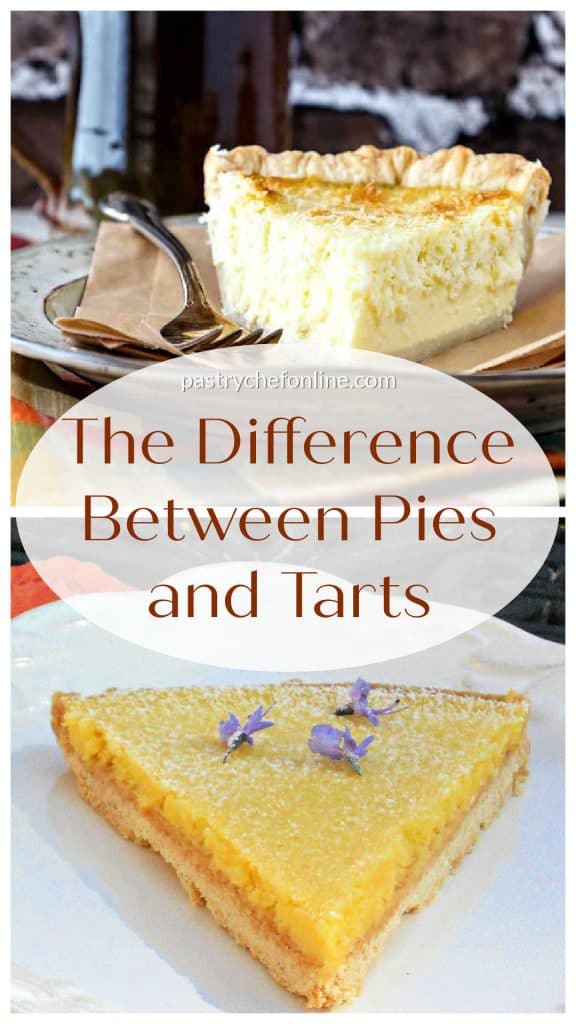
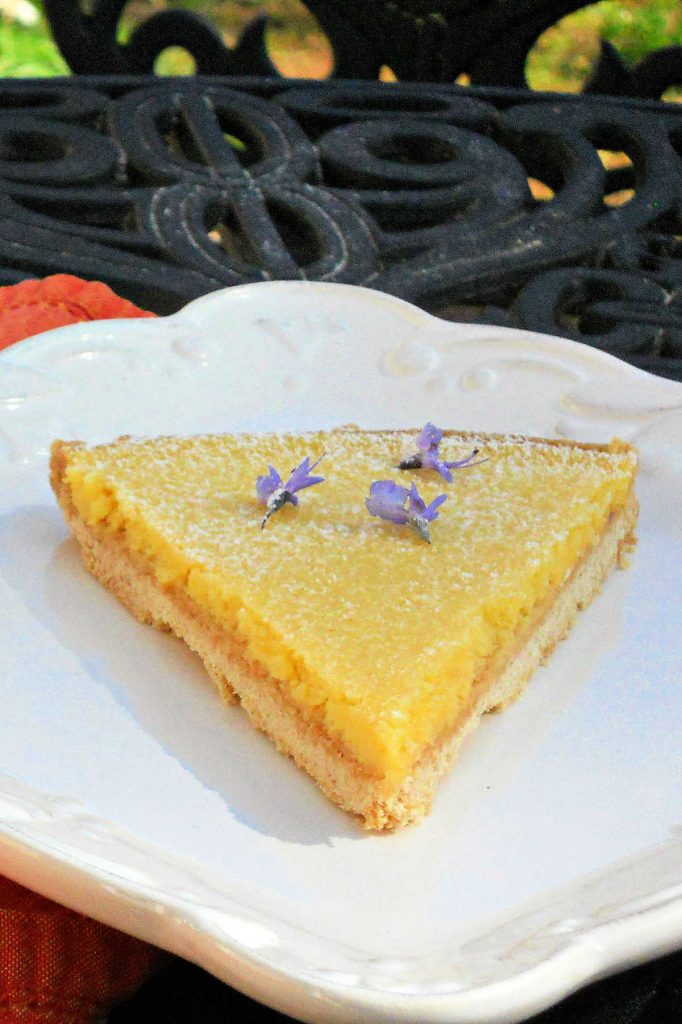
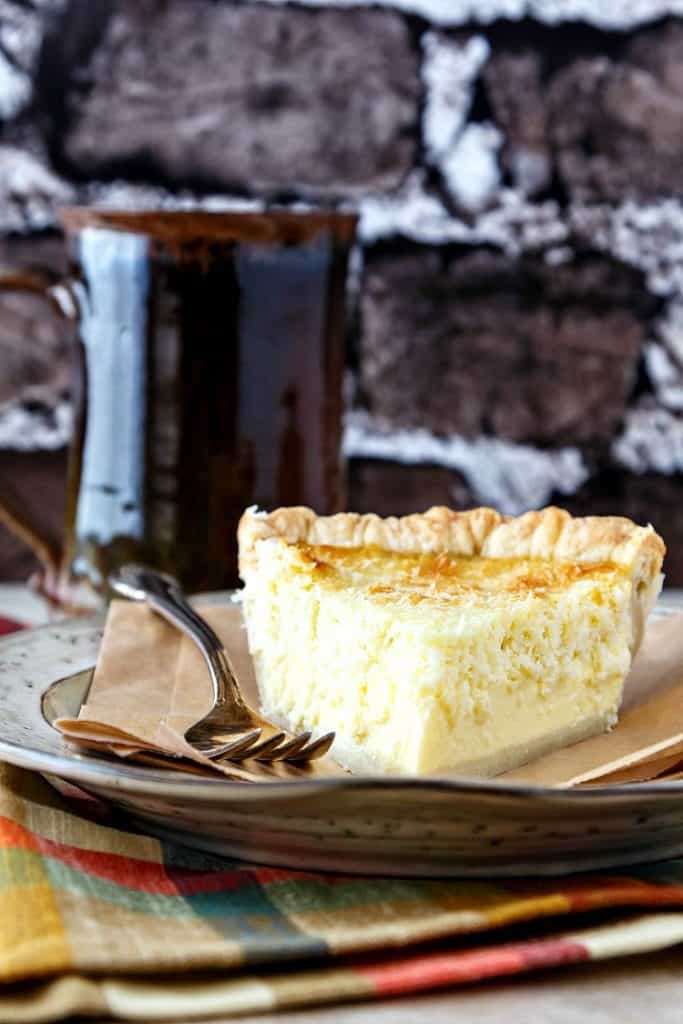
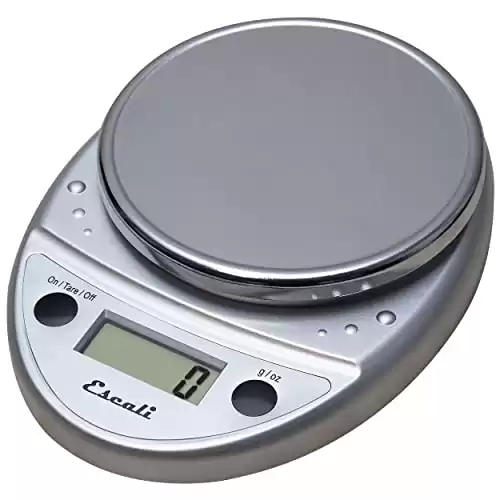
Re: can you make a pie with tart crust? A cheesecake is kind of just a pie with tart crust, I think…
I appreciate the article. I’ve always wondered the difference myself. It was fun to read about all the variance and caveots!
Very true. Good call. It’s really mostly a gray area, so crumb crust can act as either. Glad you enjoyed the post, Sam!
This was a very helpful article, thank you! I’m contemplating lemon tarts at the moment and am also not able to eat wheat without discomfort. The Bob’s Red Mill gluten free pie crust mix has been the best replica of actual pie crust I’ve been able to find but it’s a bit crumblier, of course, being gluten free. I’m thinking it might turn into a decent tart shell and this reassured me that it’s worth a try! I’m also planning to do tartlets (cupcake-sized) so hopefully the smaller discs of crust will work better too.
I think you’re on the right track with using shorter/smaller discs to make tarts and minis with the gf mix. Structural integrity is important, and the larger the size/the higher the sides, the crumblier it will be. Enjoy your lemon tarts!
Lid = Pie
No Lid = Tart
Jog on
That’s interesting. In the US we’d differentiate by one crust or two crust pie. Guess it all depends where you live. Regardless, I’d eat all the pie and tarts!
Very interesting discussion — too bad I’m several years too late! A local brewery had its first pie baking contest in 2018, and I won 1st place in the Fruit Pie category (could have won the whole thing with my Crazy for Cranberries pie, but lost because I had a bit too much orange zest in the filling). Anyway, I’m entering again, this time with a Honey Almond Tart or a Honey Almond Pie — the difference being the crust as you’ve discussed. I put together my own focus group, and after a few rounds of sharing both a pie and tart version of the evolving filling flavors, most people opted for the traditional pastry dough because, I assume, they think a well-baked pastry crust is more impressive than a tart “it’s just a cookie” crust. When I added almond flavoring to the tart dough in one round, a few people thought I was trying to overwhelm the flavor of the filling. I’m 2 1/2 weeks out, and I’m still going back and forth in my head as to which would be the better holder of the filling. (Note: The original recipe that acted as my springboard is from a pseudo-German cookbook and called for a tart crust.) I did email the coordinator when I registered, and tarts and galettes are alllowed.
Hey there, Jo! Sounds like your voice would’ve been most welcome in this original discussion, but thanks to the magic of the Internet, I’m glad this was here for you to comment on! I’d love to hear what you finally decided upon. I think it’s great that you’re making thoughtful decisions and also have a “focus group” for recipe testing! PS I think that too much zest in the cranberry thing is strictly a personal preference from the judge/s. I award you the grand prize!
The pleasure is all mine, thanks for the many many lovely recipes to read and drool over!
Pastry chefs to me are part wizard part alchemist. I have been fascinated and completely mystified since I first saw my Mum go into a kitchen and after a furry of white flour, eggs and what not appear a short while after with the perfect chocolate cake held aloft, as though she had just descended Mount Sinai and the thing had fallen from the sky. Much like your wickedly grinning picture.
I might add for all the recipes in the world the secrete hasn’t rubbed off on me. I can only dream of throwing all those magical elements together and appearing with anything other than a mess never mind the perfectly delicious American pie or even the common or garden British beefy one…..sigh
I’m glad you’re here, Anton! Maybe some of my baking mojo will rub off on you! I have a bunch of ingredient function and mixing method posts, and I think those are both excellent places to start when getting going with baking. 🙂
This subject also always caused me some concern until I realised I wasn’t the one confused.
It is indeed as Jennifer Field says all about the Americans versus the British but not in quite the way she suggests.
However the Americans make their pies they remain tarts, and however the British make their pies they remain pies same for their tarts remaining tarts.
Let me explain. A pie is always savoury in the British isles, be it steak and kidney, fish, rabbit, vegatable or fowl. When you order a pie you are ordering a savoury dish encrusted in pastry and never a sweet pastry but always a delicious pastery. The pastry is as much a part of pie as the filling, it’s never disgarded. Sometimes the pastry is mash potaoes as in a Shepherds pie.
A tart on the other hand in Britain is always a sweet dish, usualy but not exclusively fruit based. It always has a pastry base and more often than not also a pastry topping, be it latticed, whole or crumbled. The pastry again is delicious and very much part of the dish to be savoured.
The confusion comes in because the Americans bless the pilgrims called everything a pie whether it was a tart or a pie. They just had one word for it, pie. This must have been because they were so gobmacked by the hostile Indians and living conditions that their vocabulary flew out the window along with the tart and all they were left with was the pie.
Tarts mostly quite flat do however come in any shape or form you can imagine but they are always sweet. Pies also and they are always savoury in Britian and every other anglophone country besides America. You wont get a pie if you ask for a tart in Australia, New Zealand, South Africa and etc, you will get a sweet slice or whole sweet tart.
American “pies” are sweet. Simple really. If you offer them pie they will be very dissapointed unless it’s sweet.
Hope that clears things up a bit. What Americans call pies is the next mistery, maybe they don’t eat them at all? (: (: (:
Great explanation, Aston, and one that didn’t occur to me. Honestly, I wasn’t even considering the British “version” of pie/tart usage, and that was my oversight. Thanks for filling in some more blanks!
I totally agree with your views in the article 🙂
As usual, an exceptionally entertaining post. Up until recently, I considered tarts only to include those ubiquitous mini fruit tarts filled with custard and garnished with glistening berries and the like. But thanks to my pastry class and of course this post, my tart world has expanded significantly.
And let me just say: “Long live the overindulgent American Hummer Pie!” My favorite is regular old pecan pie. What is that gooey filling made of anyway? It always reminded me of sticky applesauce, but tasted about 50 times sweeter 😛
Ha! What could be better than super-sweet applesauce! That crazy-sweet kind of translucent jiggly filling is mostly based on corn syrup. Some versions have maple syrup in them too. If you make a pecan pie, somewhere, an angel dentist gets his wings lol
Hey there –
Loved this post! And here in Europe how I miss the American Hummer Pies! Banana Cream, Apple, Pecan, Key Lime…I could go on forever.
Pie to me is rustic, American, gooey, chunky, and delicious. Tart seems very french and posh, but delicious. Like I would bake a pie for family, but make a tart for my boss.
On crisps and cobblers – I sort of use that interchangeably too…but, they are very different things and then we get into crumbles, buckles, slumps…aahhh!
Wow fantastic ideas for my next lunch with my friends.
Bye from Italy by
Cakeitaly.com – A taste of Italian sweets
If you want you cant add your blog in my blogroll All your recipes
—You have to have a deep and complete understanding of the basics before you are confident enough to get creative with your cooking.
This is true of writing and pottery, two things I’ve done. Look at a fanfic page (or don’t, if you’re Jenni). No comprehension of the basics of the language and, as such, no ability to make their plots or characters work. Ditto for working with clay (look at my work).
I whole-spleenedly agree vis-a-vis cooking. Lord, the half-brained stir-fries I’ve politely nodded at and crunched my way through!
As for crisps, I’ve been told over and over again that my crisps are not cobblers. Well. Sigh.
Good heavens – such depth in your research and report. It reminds of the ole Mainah (Mainer) I heard on his radio cooking show who was waxing eloquent of the differences between a crisp, a cobbler, and a crunch. I went shopping and when I came back out to my car HE WAS STILL TALKING ABOUT IT! Apparently his listeners found the differences amazing!
Yikes! I had no idea… Over in this neck of the woods, a tart (and I’m just thinking regular apple tart here) always wears a top crust, usually doesn’t have straight sides and, generally, seems to break a lot of those tart rules, er, guidelines. And I can vouch for the fact that the deep dish pie thing is not as big over here – don’t believe I own a proper deep pie pan, mine were all shallow last time I looked!
Sounds like this could be another one of those classic cases of crisps/chips, chips/fries, bonnet/hood vocabulary issues. I guess in England, tart=pie. Over here tart=short sports car pastry treat.
I am incredibly jealous that you took a whole class on pies and tarts. On the other hand, it sounds like you wound up more confused than anything! More like philosophy class than pastry arts. But I do agree on most points, especially about tarts having richer fillings and slightly more tender crusts. By the way, really, really enjoyed your description of American Hummer Pies. That just about says it all. I have added you to my reader–pastry and humor is a combination I can’t pass up in a blog.
Okay, so Chris settled on an apple tart.
But, but, but…I am just dying for the recipe to that gorgeous orange chocolate tart in the picture! Does that recipe exist somewhere? I’m desperately trying not to lick my monitor. 🙂